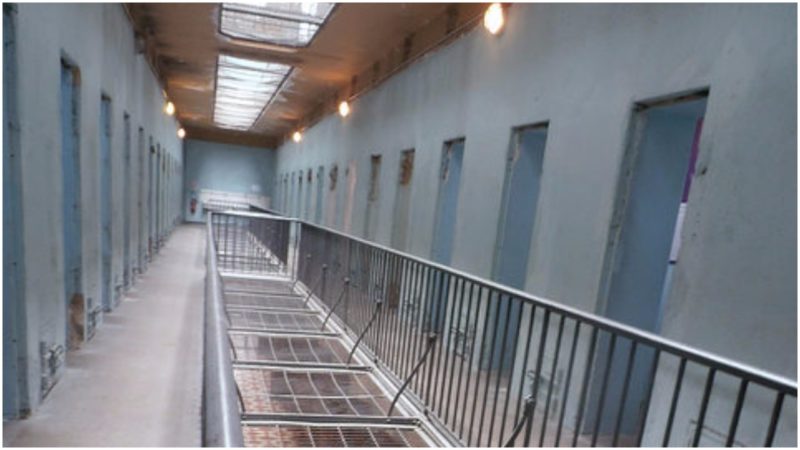The vast white gates that greet every visitor who comes to the Memorial to Montluc Prison in Lyon, France, are enough to trigger a chill down the spine at the thought of being marched through this entrance as a prisoner during the darkest period in the prison’s history. Located opposite the Montluc Fort in what is today an industrial district, Montluc military prison first opened its doors in 1921. Nine long months after World War 2 began, northern France was successfully invaded by the German armed forces. An armistice was signed which allowed much of the south of France to remain free, while the north and west of the country would be under German occupation.
After the free French State later fell to Nazi Germany in Operation Anton in November 1942, Montluc Prison was used by the Gestapo as an internment and interrogation center. At least 10,000 men, women, and children were held here in the period from January 1943 to August 1944. Many were executed, and it was also a gateway from where many unfortunate souls were deported.
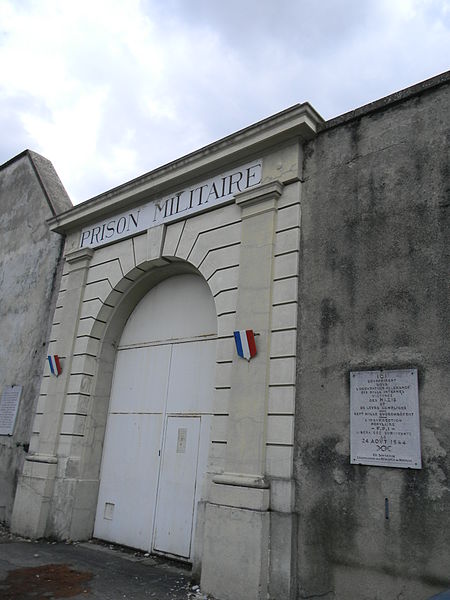
An abbreviation of Geheime Staatspolizei, meaning Secret State Police, the Gestapo were the ruthless official secret police force of Nazi occupied territory. The name came to symbolize fear and terror in people, especially those in the resistance movements that tried to oppose Hitler’s forces. Everyone that went against the ideology of the Third Reich could end up here to be interrogated, or await the day when they would be to be transported to an even more dreadful place – a concentration camp.
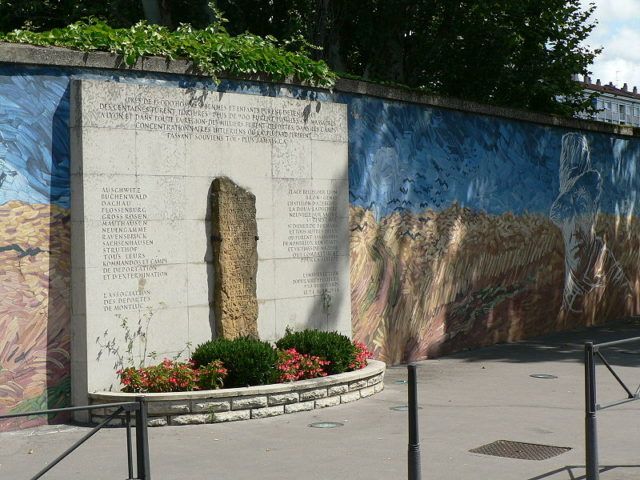
The beginnings of this place were tremendously different compared with its later years. Due to the appalling quality of construction, the number of inmates was kept low. For this reason, the prison was shut down in 1932. It remained closed for 7 years until France found herself once more in need of additional prison space, after the signing of the armistice.
Montluc was renovated and reopened in 1940, initially to hold ordinary prisoners, as well as followers of the French resistance leader Charles de Gaulle and those thought to have communist ideals (the Communist Party of Germany had been seen as a threat and squashed by Hitler’s Nationalist Socialist Party). The French State may have been free on paper, but they were under no illusion that they were really free from the clutches of Nazi rule.
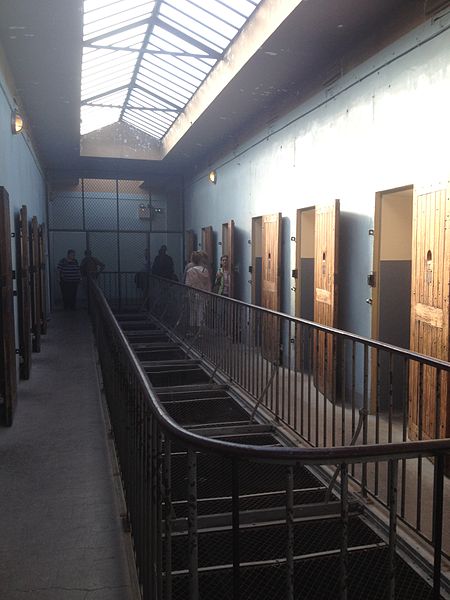
At first, conditions at the prison were still considered to be civilized. But from 1943 things started to change. At first the Nazis commandeered 30 of the 122 cells, and it wasn’t long before they took the rest. All of a sudden, the Gestapo was in charge. The man appointed as Commander of the Gestapo in Lyon was the 29 year old Nikolaus “Klaus” Barbie, otherwise known as The Butcher of Lyon.
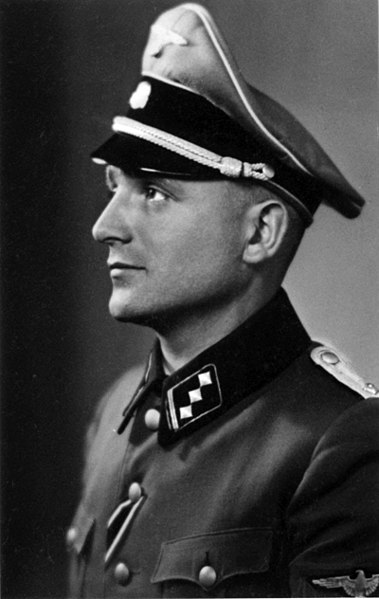
Klaus was a ruthless and callous young man who easily earned his nickname. It is believed that he personally tortured prisoners at Montluc, and was directly responsible for the death of up to 14,000 people during his career in the Gestapo. Prisoners from the entire southeast of France, women, men, children, elderly or sick, were brought here to be processed. Some were kept locked up in the prison cells, others were either shot or loaded onto a train and transported to some other prison, or to a camp.
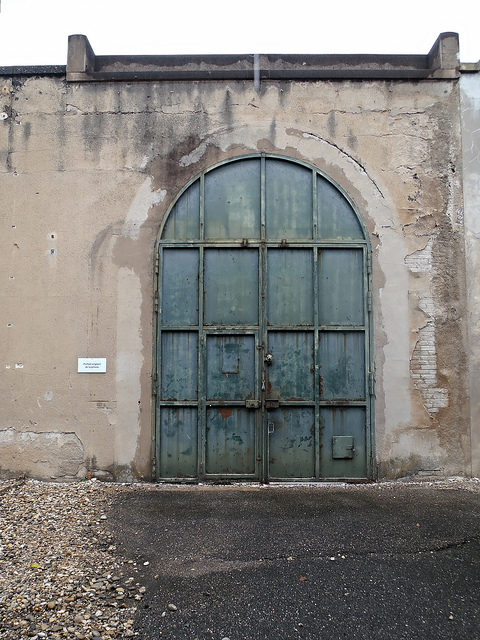
And so the number of prisoners incarcerated rose to a staggering 1,200, meaning that eight people were closed in a cell no bigger than 43 square feet. The food was no different than in the concentration camps and consisted of soup, a small piece of bread, and what resembled, but certainly wasn’t, coffee. Hygiene was at the lowest level and consisted of one bucket per cell.
The Jewish population of inmates was kept in even worse conditions. In a wooden shack not even designed for people that became known as the Jews barrack, around 200 Jews were cramped inside. The place could barely fit 80. With time, the prison became so overcrowded that even the showers section was used for locking up people. But Barbie never forgot his daily routine of interrogation, which all too often meant death. At one point, Gestapo even arrested children some of whom were barely four years old.
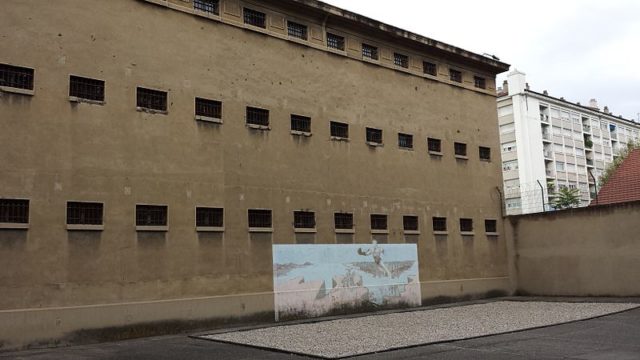
The stories of the horrors that took place inside the walls of this prison are countless, though they inevitably ended once the war was over. In 1947, the prison was once more reopened. It operated as a civil prison until 1997 when it was closed for good, apart from the female section which kept functioning until 2009. Today this place is categorized as a Monument Historique and is open to the public as a memorial.
